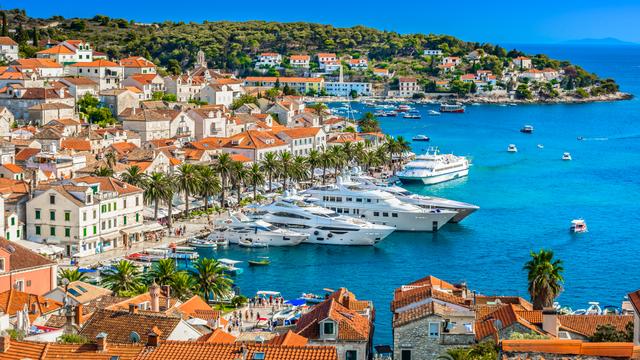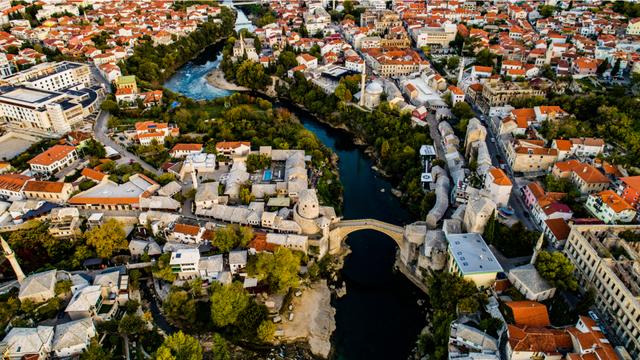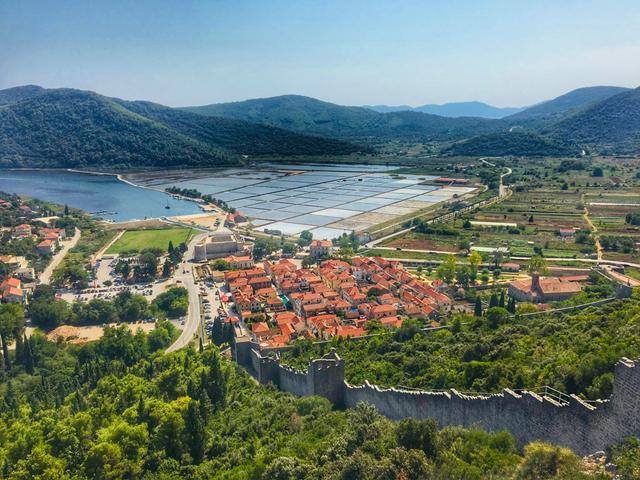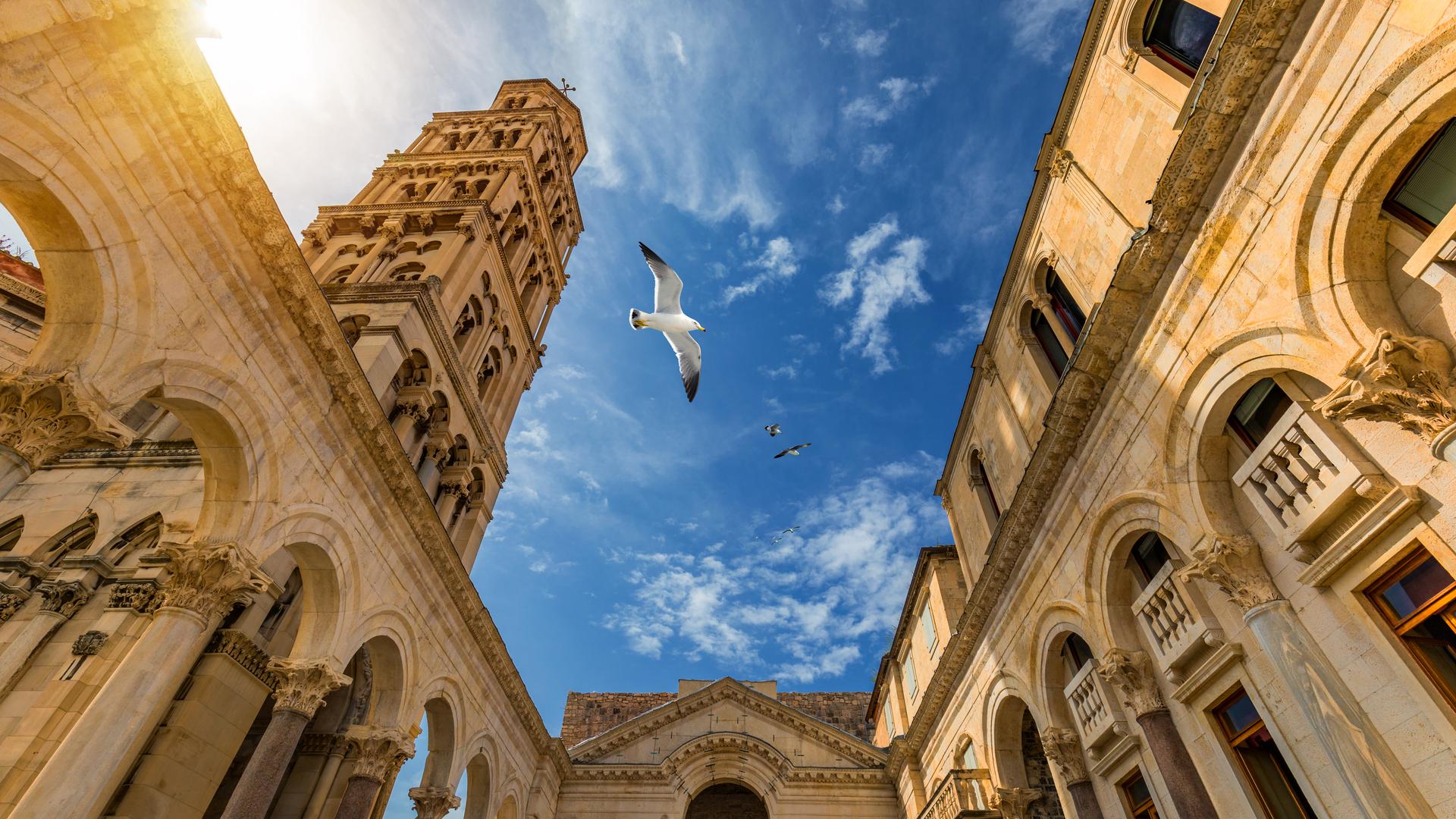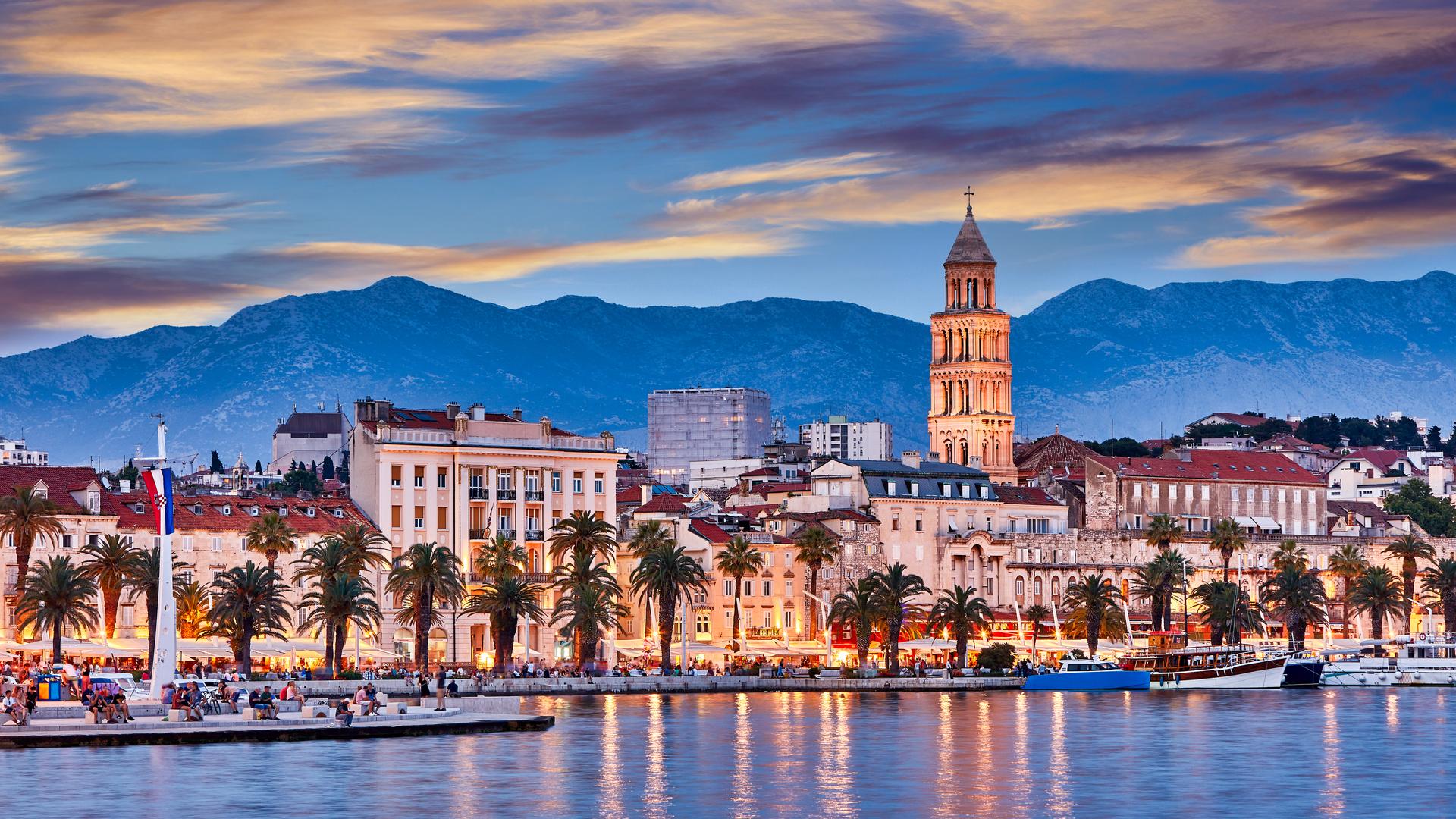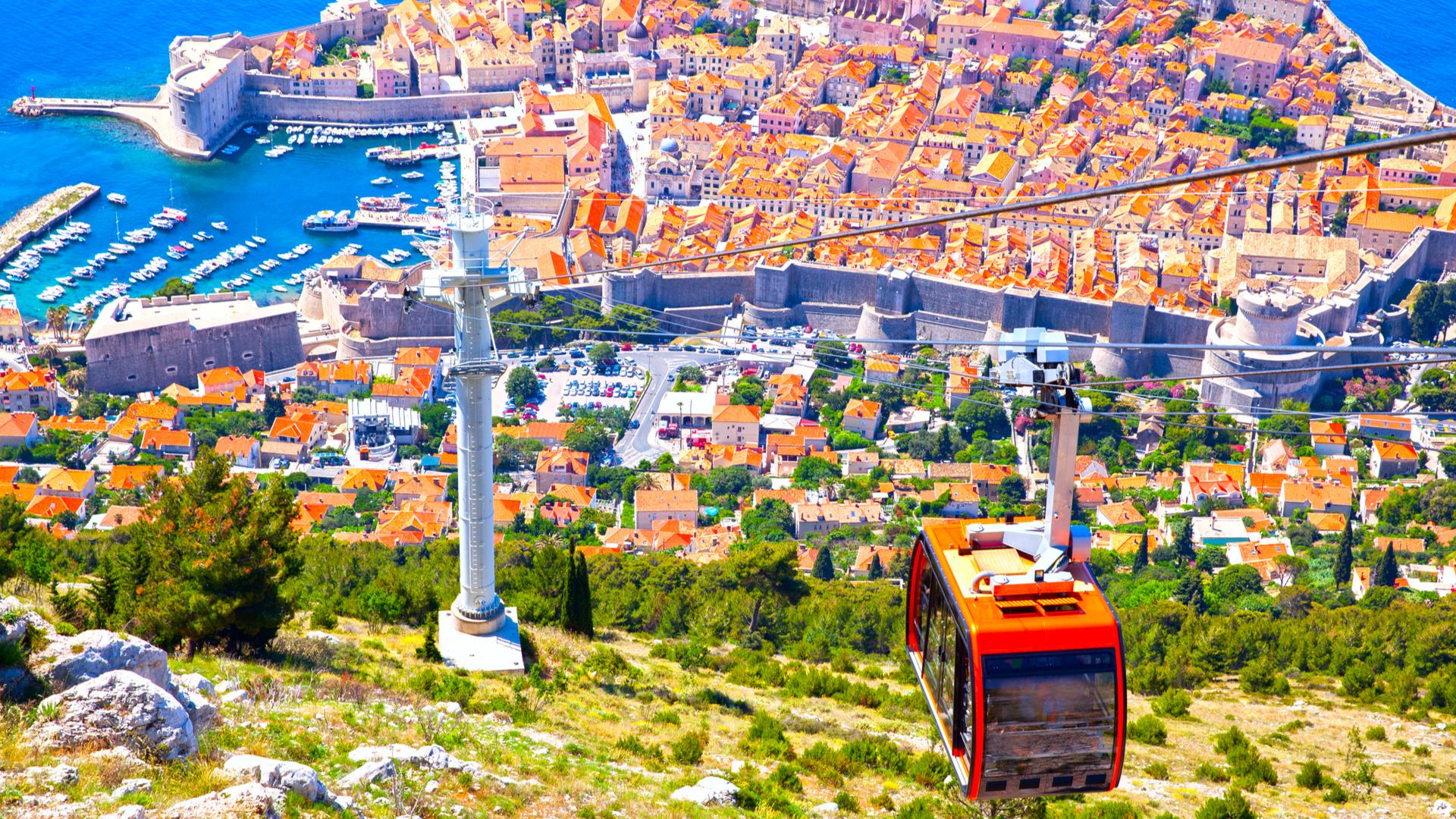Dubrovnik - Split
Similar popular transfers:
Private transfer Dubrovnik to Split
Every summer You get asked maybe how can I get from Dubrovnik to Split or even maybe how can i get from Split to Dubrovnik. Maci Tours, Croatian transfer service has solution for that. The best way to go and visit Split is to book a private transfer from Dubrovnik to Split with Maci Tours. Maci Tours is a private Croatian transfer service which offers the best quality and best prices for a private transfer. Maci Tours has at its disposal a fleet of luxurious and premium minivans and cars that will make your transfer as comfortable as possible.
Split is located some 229 km from Split and the duration of your transfer is about 3 h. While travelling from Dubrovnik to Split, you may want to visit the famous Međugorje site, and book a private transfer Dubrovnik to Split via Medjugorje where you will have several hours of free time to explore Medjugorje, a place of peace and prayer, where the Virgin Mary appeared in the 1980s. If you want to visit the famous Medjugorje pilgrimage site you can book a private transfer Dubrovnik to Split via Medjugorje . Take a look at MaciTours booking form to see rates for Dubrovnik to Split via Medjugorje private transfer option. On your way to Dubrovnik, you may also wish to go via Ston and visit its famous walls and fortifications, whose walls are the longest preserved defensive structures in Europe and from which you have an excellent view of the beautiful town of Ston. If you want to visit the famous place Ston You can book private transfer from Dubrovnik to Split via Ston. Only You need to do is press the option book now, choose the vehicle which best suits for You and everything will be completed easily in less then one minute.
How to get from Dubrovnik to Split
Travel between Dubrovnik and Split is probably the most popular route in Croatia. Like we mentioned above, the fastest and easiest way to get from Dubrovnik to Split is book a private transfer from Dubrovnik to Split. Private transfer between Dubrovnik and Split You can book easily in less then one minute using our booking form. After You have made a successful booking You don’t need to worry about anything. Alternatively, there is a bus which goes from Dubrovnik to Split but that ride will last about 4h30m, sometimes even more.
A few facts about Split
Split is the largest city on the Eastern Adriatic and the second largest city in Croatia. It lies on the eastern shore of the Adriatic Sea on a peninsula, under the Marjan hill and is an intraregional transport hub and popular tourist destination. It is often nicknamed The City under the Marjan. The city was founded as the Greek colony of Aspálathos in the 3rd or 2nd century BC on the coast of what was then an Illyrian province. Over time, as the Romans conquered the province, Split became home to the Diocletian's Palace, built for the Roman emperor Diocletian in AD 305. In 1991, Croatia gained seceded from Yugoslavia, at the start of the Croatian War of Independence.
What to see while in Split
The historic city centre of Split was included into the UNESCO list of World Heritage Sites in 1979. Split is one of the centres of Croatian culture and its literary tradition can be traced to medieval times, as the Father of Croatian Literature, Marko Marulić, whose statute stands on the Fruit Square, was born here and achieved world-wide recognition and fame and his works were read even by notable persons such as the English king Henry VIII. The city is most famous for its Diocletian’s Palace, the old city centre. There you can see the St Duje’s Cathedral on the Peristil, which was at first a mausoleum for emperor Diocletian. The church is combination of ancient Roman architecture and early Christian architecture. From its bell tower, you’ll have a great view of the whole city and the Diocletian’s Palace. Opposite the cathedral, you’ll find the old Jupiter’s Temple, now St Johns church, in front of which stands an original Egyptian sphinx, the other being on the Peristil, both of which emperor Diocletian brought here from Egypt.
The Peristil itself, the heart of the Palace, is an excellent example of old Roman architecture, around which later Medieval and Christian structures were constructed. Many cultural events take place on the Peristil during the Split Summer Festival, where plays and operas are performed under the night sky. The Riva is the main city promenade along the seashore, where the bulk of the cafés are located and where people like to stroll and meet with friends in the evenings. Split also has many museums and galleries. The Museum of Croatian Archaeological is the only museum in Croatia dedicated to researching and presenting cultural artefacts of the Croats in the Middle Ages, between the 7th and 15th centuries. Its collection of early medieval wicker, clay figurines, as well as old Croatian Latin epigraphic monuments make it the largest collection of its kind in the whole of Europe. The Split City Museum at Papalićeva 1, is housed in the former Papalić Palace and exhibits the urban, cultural, artistic and economic heritage of the city. It is also home to the Emanuel Vidović Gallery, dedicated to the most important 20th-century Split painter. The Gallery of Fine Arts, located at Kralja Tomislava 15, is an art museum that contains works from the 14th century to the present day providing an overview of the artistic developments in the local art scene.
The Ivan Meštrović Gallery, located on the Marjan peninsula, is an art museum dedicated to the work of the once world-famous 20th-century Croatian sculptor, Ivan Meštrović, displaying some of his most significant works, the building itself being is an art monument. The permanent collection includes works of sculpture, drawings, design, furniture and architecture. Not far from the Gallery lies Kaštelet-Crikvine, a restored small chapel that houses a set of wooden wall panels carved by Ivan Meštrović. The old Green Market or Pazar is located next to the Diocletians Palace. There you can find fresh, organic food from the Dalmatian Hinterland. The city also has many nightclubs, bars and restaurants, the best being in or around the old city centre. Split is well-connected with all of the Croatian Adriatic islands and is ideally located to make short excurions to the Krka National Park, the islands or near-by cities such as Solin, Trogir or Omiš.
Optional
Private oyster tasting During private transfer from Split to Dubrovnik via Ston, it is possible to book a private oyster tasting. Private oyster tasting is in the small place near Ston which is called Hodilje. There You will board to a small boat where the boat owner takes You to the oyster farm and takes out from the sea fresh oysters in front of You. He serves that in front of You with domestic cheese, olive oil and wine in the middle of the bay. Duration of this Private oyster tasting is about 1 hour. After the trip is finished, We are waiting for You again on the same place where we dropped You and we continuing our way to Dubrovnik.
PRICE FOR THIS INCREDIBLE EXPERIENCE IS 35 EURO PER PERSON. If You want to book this acitivity please mention that in the booking form in window additional comments.
Transfer includes
• Pick up in Dubrovnik and drop off in Split (or vice versa)
• Comfortable air-conditioned vehicle
• Professional knowledgeable English speaking driver
• All cost related to the vehicle – gas, parking, highway tolls
• All costs related to the driver
• Available Wi-Fi in the vehicle
• 0.5l bottle of water per passenger

